Introduction

For 11 years the Canon TS-E 17mm 4.0L was the widest shift lens available and now it is not Nikon but Laowa who challenges them with their 15mm 4.5 Shift. May this be the new king for wide angle architectural photography?
Sample Images



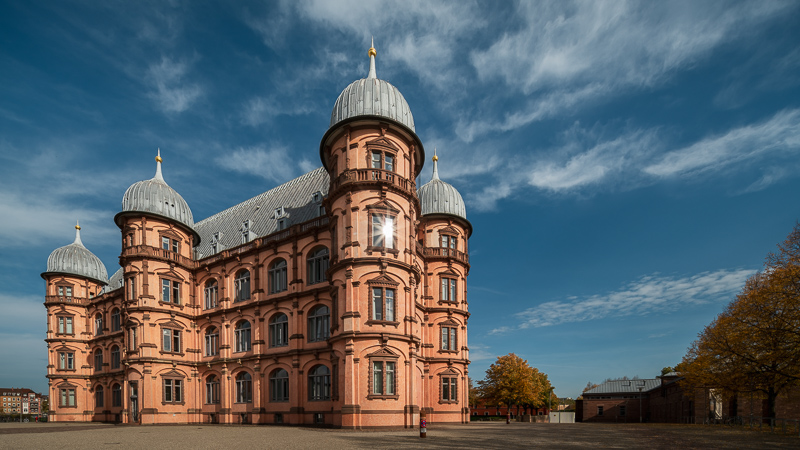
Contents
Disclosure
The Laowa 15mm 4.5 Shift was kindly provided free of charge by Venus Optics / Laowa for reviewing purpose for two weeks.
Specifications / Version History
The Laowa 15mm 4.5 Shift is not to be mistaken with the Laowa 15mm 4.0 macro as it is a completely new and very different lens. The new 15mm 4.5 Shift comes in Canon EF, Nikon F and later in Sony E, Nikon Z and Canon RF mount, I am reviewing a Canon EF sample here which has the following specifications:
-
- Diameter: 79 mm (without cap)
- Field of view: 110° (diagonally, unshifted)
- Length: 103 mm (+adapter, without caps)
- Weight: 597g (+adapter, without caps)
- Filter Diameter: –
- Shift range: 11mm
- Number of Aperture Blades: 5 (straight)
- Elements/Groups: 17/11

- Close Focusing Distance: 0.20 m
- Maximum Magnification: 1:5.5 (measured)
- Mount: Canon EF
You may also have a look at the official page.
The lens can ordered from the manufacturer’s homepage | B&H | amazon.com | amazon.de | ebay.com | ebay.de for $1199 (affiliate links)
Handling / Build Quality

Regarding Shift and what it can be used for best have a look at my article Working with Tilt/Shift lenses.
The focus ring has a really nice resistance which has been the case for all the latest Laowa lenses.
The focus ring travels ~100° from the minimum focus distance (0.20m) to infinity, so the focus throw is a bit longer than that off the Canon TS-E 17mm 4.0L.
The narrow aperture ring is situated right behind the focus ring and has full-stop click stops – which is always my preference – and travels ~60° from f/4.5 to f/22. Considering the complexity of this lens I wonder why the click stops are not equidistant though.
Next is the shift ring and here we have a very different design compared to the Canon TS-E and Nikon PC-E lenses. The Nikon and Canon lenses feature a locking knob on one side and an adjustment knob on the opposite side. These have often been criticized for being rather delicate and hard to operate when wearing gloves.
Those critics may like the Laowa approach: here you have a big ring (pretty much same size as the focus ring) to adjust the shift value and on one side of the lens you have a scale that tells you the amount shifted from -11 mm to +11 mm.

The ring has a high resistance and I have the feeling the mechanism is also stiffer than that of the Canon TS-E lenses, I never felt the need to use the shift lock knob.
Close to the bayonet is a little lever, if you push it the whole lens can be rotated 360° (with 15° click stops) therefore allowing you to shift in every direction. The lens not featuring any electronics is an advantage here but this of course also means no EXIF data is transmitted to the camera.
When you fully shift your lens in every direction and take a picture at every 30° rotation this is the panorama you will get, I added the Canon TS-E 17mm 4.0L and the Laowa 9mm 5.6 for comparison (I must have hit the tripod when changing for the 17mm lens, hence the slightly horizontally tilted panorama here):
Unlike on Canon’s TS-E and Nikon’s PC-E lenses there is no tilt, the Laowa can only shift. To me personally this is all but a big deal, I never felt the tilt being very useful when it comes to ultra wide angle lenses, but if you need it you already know that and can choose your lens accordingly.

The build quality is pretty much in line with other recent Laowa lenses: the 15mm 4.5 Shift seems to be mostly made from metal, but to me it looks like only the markings on the focus ring and the rotator are engraved and filled with paint whereas the ones on aperture ring as well as the distance scale look like they are just printed.
There is no hood available for this lens, but there will be a lens specific filter holder (rumors say 100 mm) and also a rather sophisticated Rear-Shift adapter. You will read more on those here when I got to check them out, they were unfortunately not available when I received this review sample.
As this lens is a very complex ultra wide angle design I recommend using the Sigma MC-11 adapter (affiliate link) to get the best performance out of it.
Vignetting

When using the the lens centered (unshifted) you are only using the central part of the lens, so vignetting should be less of an issue. Wide open there is still vignetting of roughly 2.0 EV, stopped down to f/5.6 this improves only 1.6 EV and stopped down to f/11 it is still around 1.2 EV. Compared to normal 15mm lenses this is good, but about 0.3 EV worse than the Canon TS-E 17mm 4.0L.

The results in the shifted area are of course very different. Wide open we are dealing with 3.6 EV in the most extreme corner. Stopped down to f/5.6 this improves to 3.3 EV and stopped down to f/11 about 2.6 EV remain.
Here at wider apertures the values are again about 0.3 EV worse than those of the Canon TS-E 17mm 4.0L, stopped down almost 1.0 EV. Considering the Laowa is wider and at the same time smaller this does not come as much of a surprise.
If you want to correct the uneven vignetting I can recommend using gradients in Lightroom.
Our method of determining the vignetting figures struggles a bit with lenses this wide and without filter thread (e.g. stopped down you can see wrinkles of the tissue).
Sharpness
infinity (42mp)

Center looks really good from the maximum aperture but as on most Laowa ultra wide angle lenses we see a midzone dip in the midframe area. Interestingly at maximum aperture the shifted corners look no worse than the normal corners, quite the achievement.
The midframe never reaches the same level as the center, but it looks good at f/8.0 and f/11. At these apertures also the corners (normal and shifted) look good.
I shot the same exact scene (different day, similar light, same editing) with the Canon TS-E 17mm 4.0L, so you can directly compare the two charts.
This is what I am seeing:
Canon shows better midframe at wider apertures, Laowa catches up at f/8.0.
Unshifted corners are not great on either lens at wider apertures, similar at f/8.0 to f/11.
In the shifted corners the Laowa resolves noticeably more details.
A few things worth noting:
- Not many other reviewers state which extreme corner they are looking at. I am looking at the one furthest away from the center when maximally shifted (32.3 mm in case of the Canon, 31.4 mm in case of the Laowa). Keep that in mind when comparing these results to those of other reviewers.
- For lenses this complex and wide the thick cover glass on the Sony sensor might have a negative impact on image quality, so it is possible that they perform differently on a Canon camera or a Kolari modded Sony camera.
- The correct flange focal distance is very important for lenses this wide with floating elements, I was using the same adapter for both lenses, on the Canon infinity is right at the infinity mark, on the Laowa it is slightly behind. It is possible/likely that results differ slightly with an adapter with minimally different length.
- This Canon TS-E 17mm 4.0L has been factory calibrated in 2019.
close (0.20 m, 1:5.5)
100% crops, A7rII
With the minimum focus distance of just 0.20 m you can get really close to your subject. In the center the performance is very good already wide open and stopping down hardly improves the sharpness.
If you place your subject close to the unshifted borders the resolution is quite okay, but when you fully shift the lens and place your subject near that extended border region the resolution never reaches really good levels, not even on stopping down considerably.
I noticed the same behaviour on the Canon TS-E 17mm 4.0L and also on similarly wide lenses like the Voigtlander 10mm 5.6 or Laowa 10-18mm 4.5-5.6. The exception here is the Laowa 9mm 5.6 that manages to maintain really good across frame sharpness at these distances albeit at the cost of higher distortion.
Flare resistance

As always evaluating flare is a complex matter since you can get any lens to look bad if you push it hard enough and a slight change of scenario will affect results a lot.
So in three words: better than expected. The Laowa 15mm 4.5 Shift has a very bulbous front element which often results in bad flare resistance. To my surprise you can often take a picture with the sun in the frame without running into any issues though.
With the sun closer to the borders of the frame you may spot a small line of ghosts:

With the sun just outside of the frame many lenses struggle and also here you can find one angle that results in a huge veiling flare, luckily this can easily be avoided by slight reframing.

Once it also happened to me that I encountered small ghosts with the sun way out of the frame:

As this sample of the Laowa 15mm 4.5 Shift is in Canon EF mount the adapter in use may also have influence on the performance in this category. But this was also true for the Canon TS-E 17mm 4.0L and to me it seems the Laowa lens fares better here, especially when it comes to veiling flare.
Coma
Coma in the unshifted extreme corner is not overly pronounced at f/4.5 and f/5.6 but there is clearly an improvement noticeable on stopping down to f/8.0 and f/11.
The situation in the extreme corners when fully shifted is actually similar, noticeable coma from f/4.5 to f/5.6, significant improvements on stopping down to f/8.0 to f/11.
The Laowa 15mm 4.5 Shift performs similar to the Canon TS-E 17mm 4.0L here, maybe slightly better even.
At f/5.6 the Laowa 9mm 5.6 and 11mm 4.5 look a bit better, Voigtlander 10mm 5.6 and Laowa 10-18mm 4.5-5.6 worse.
Distortion
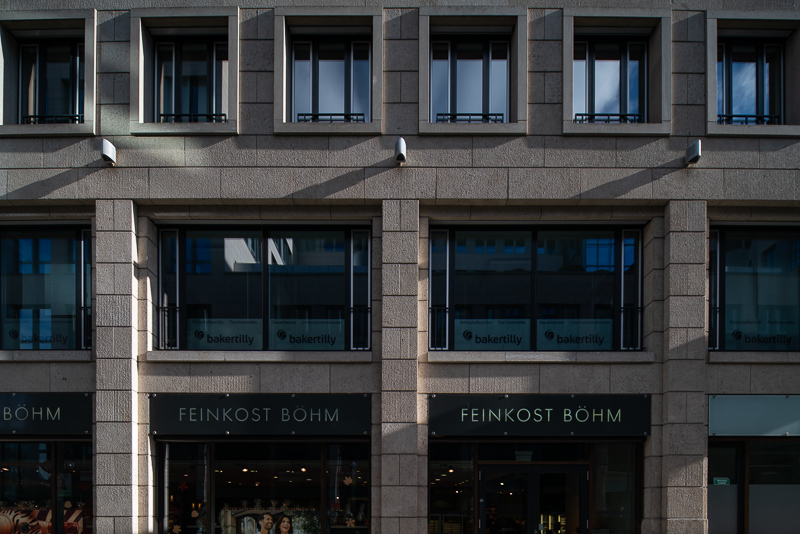
The 15mm 4.5 Shift is part of Laowa’s Zero-D line which is good news as with shift lenses distortion is comparably hard to correct. Unshifted the distortion is close to zero, but shifted you can see some barrel distortion so in critical cases you might have to use the warp function in Photoshop to fully correct it.
Sunstars
No sunstars at f/4.5 and well defined 10-stroke sunstars between f/5.6 and f/22 as we have also seen on the other recent Laowa ultra wide angle lenses.
If you want to learn more about sunstars have a look at this article.
50% crops from center, A7rII
To finish this chapter here is a real world example:

Chromatic aberration
lateral
100% crops from 11mm shifted border, A7rII, f/8
Usually lateral CA are easily corrected by just one click and unshifted this is also the case here. Shifted the situation is not that simple though, the lateral CA patterns are not symmetrical and therefore the auto correction does not work properly, as can be seen from the example above.
While in one part of the frame the auto correction reduced the lateral CA, in another part of the frame it increased the lateral CA.
For best results with this lens when shifted I recommend turning the auto correction off and using the manual defringe CA removal tool (the one usually used for removing longitudinal CA).
longitudinal

In close up scenarios there are no longitudinal CA visible.
Focus shift
There is no focus shift visible.
Alternatives
Canon TS-E 17mm 4.0L:
This Canon lens can also be tilted, so if you are after that this should be the lens to consider. Optically I found it to be a little worse in most categories compared to the Laowa 15mm 4.5. It does shift 12mm though, so the difference in focal length is not telling the whole story here (see handling section for a comparison).
buy from amazon.com | amazon.de | B&H | ebay.com | ebay.de for $2150 (affiliate links)
Laowa 17mm 4.0 (Laowa 12mm 2.8 Zero-D on Magic Shift Converter):
Here you only get 10mm shift and it is slightly worse optically but you have the benefit of being able to use it as a 12mm 2.8 for e.g. astrophotography, which can be a huge benefit.
buy from manufacturer’s shop | amazon.com | ebay.com | B&H | ebay.de for a total of $1249 (affiliate links)
Laowa 9mm 5.6 FF RL:
The Laowa 9mm 5.6 is even slightly wider than a stitched pano taken with the 15mm 4.5 Shift lens, and it is one of the strongest alternatives if you can live with less pixels.
buy from manufacturer’s homepage | B&H | ebay.com | ebay.de for $899 (M-mount) and $799 (E/Z/L-mount) (affiliate links)
PC-Nikkor 19mm 4.0E ED N:
Adapting Nikon E lenses to Sony cameras is not that much fun, so this is not a lens I recommend to Sony users. Nevertheless some Nikon users interested in the Laowa 15mm 4.5 Shift may end up here (welcome!). I have not used the Nikon 19mm personally, but it looks like it is a really great lens by what I have seen from some trusted sources. It should be noted though that 15mm and 19mm are very different focal lengths.
buy from ebay.com | amazon.com | B&H for $3400 (affiliate links)
First Impressions
good
|
average
|
not good
|
For more than a decade the Canon TS-E 17mm 4.0L was the lens for wide angle architectural photography. In terms of specifications Nikon did not surpass it with their PC-E 19mm 4.0, but now Laowa tries with this 15mm 4.5. No tilt and 1mm less shift movements, but 2mm wider and half the price. From this position – if the Laowa was optically no worse than the Canon – it could already be considered a success.
Comparing the pro/con tables of the two lenses though we see some advantages (price, size, build quality, absence of focus shift) and also some disadvantages (no electronic contacts, more lateral CA, higher vignetting) for the Laowa 15mm 4.5 Shift whereas in some categories they perform similar (flare resistance, sharpness, distortion).
If I was in the market for an ultra wide shift lens for a Sony camera today I would pick the Laowa for better handling (with the Canon TS-E 17mm 4.0L you need the metabones adapter for stopped down focusing and those are usually too short), being wider, only half the price, taking 100mm filters (so I was told) and because I do not care about tilt and electronic contacts in a lens like this.
Considering the last two aspects your mileage may vary though.
With today’s high resolution sensors like the A7rIV’s 61mp the Laowa 9mm 5.6 can also be considered a strong competitor.
Every framing you can generate by shifting the 15mm 4.5 and then creating a panorama can be cropped out of a single frame of the 9mm 5.6 and dealing with distortion and lateral CA is also easier here.
The lens can ordered from the manufacturer’s homepage | B&H | amazon.com | amazon.de | ebay.com | ebay.de for $1199 (affiliate links)
Sample Images




Further Reading
- Sony FE lenses: Our comprehensive and independent guide
- Ultra Wide Angle lenses for the Sony A7 Series
- How to: Environmental Portraits
- How to: Taking better pictures
Support Us
Did you find this article useful or just liked reading it? Treat us to a coffee!
![]()
![]()
![]() via Paypal
via Paypal
This site contains affiliate links. If you make a purchase using any of the links marked as affiliate links, I may receive a small commission at no additional cost to you. This helps support the creation of future content.
Latest posts by BastianK (see all)
- Review: Thypoch 21mm 1.4 Simera - July 12, 2025
- Review: SLRmagic 50mm 0.95 Hyperprime LM - July 5, 2025
- Full Resolution Pictures getting fixed - July 4, 2025




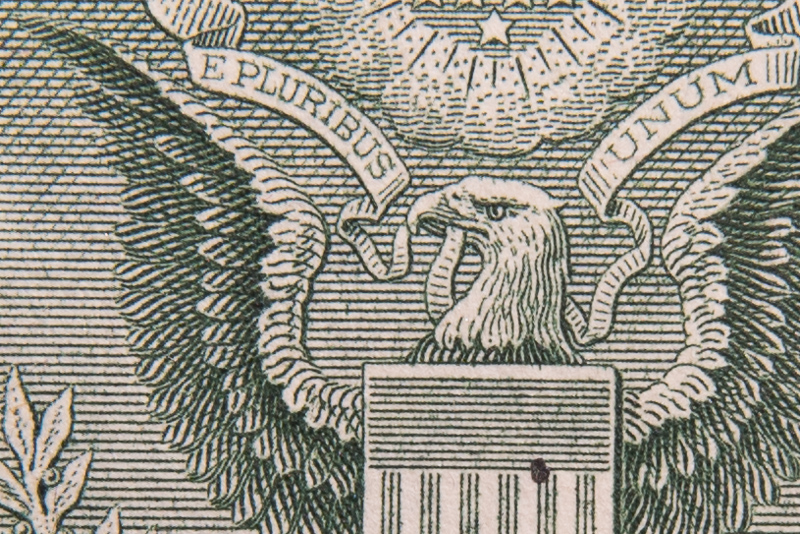
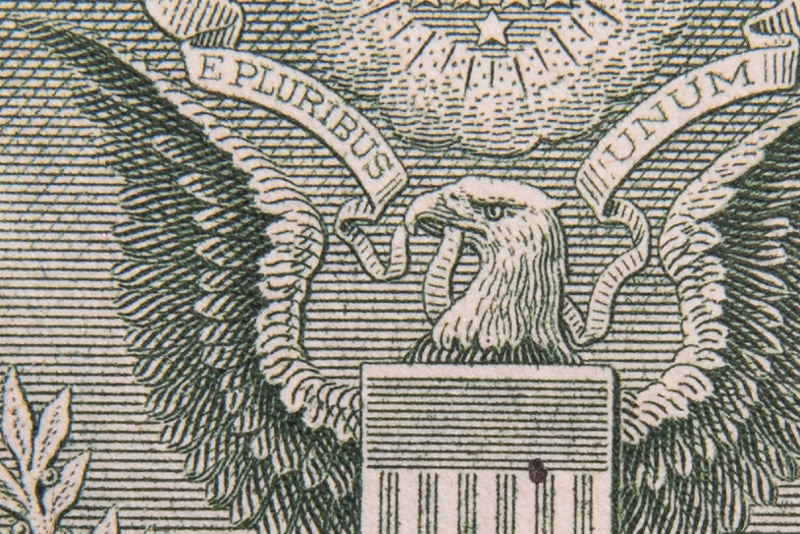
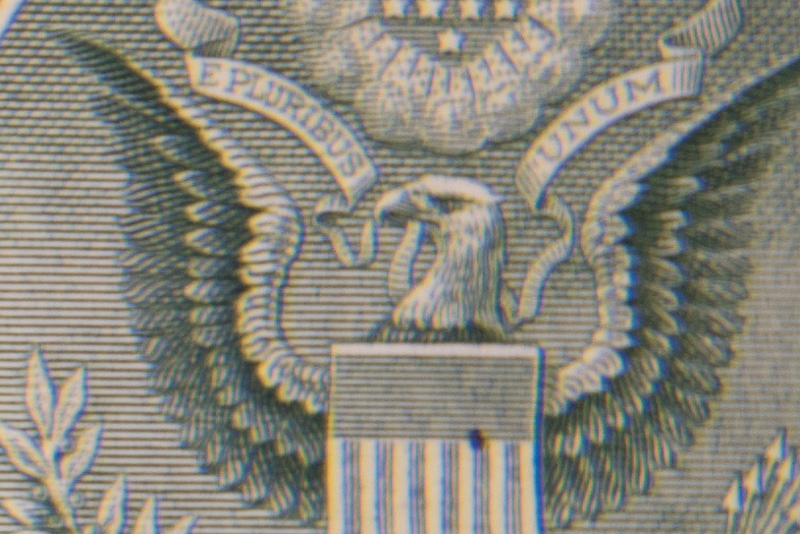











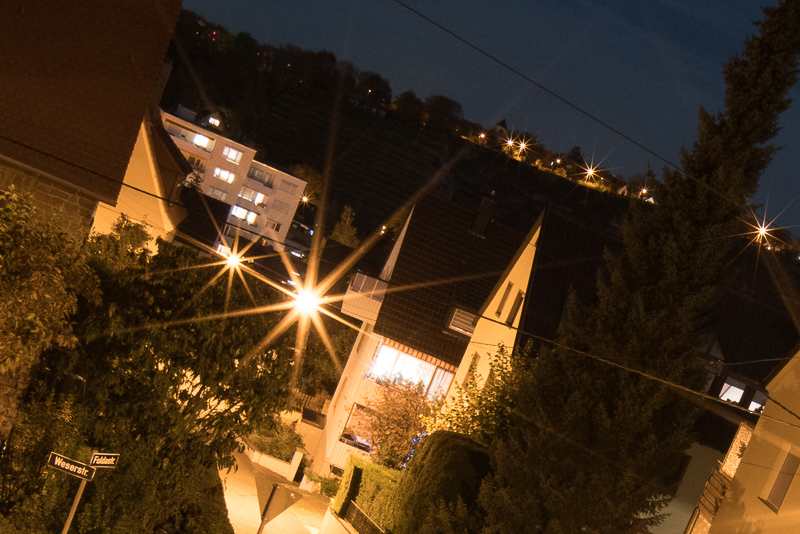


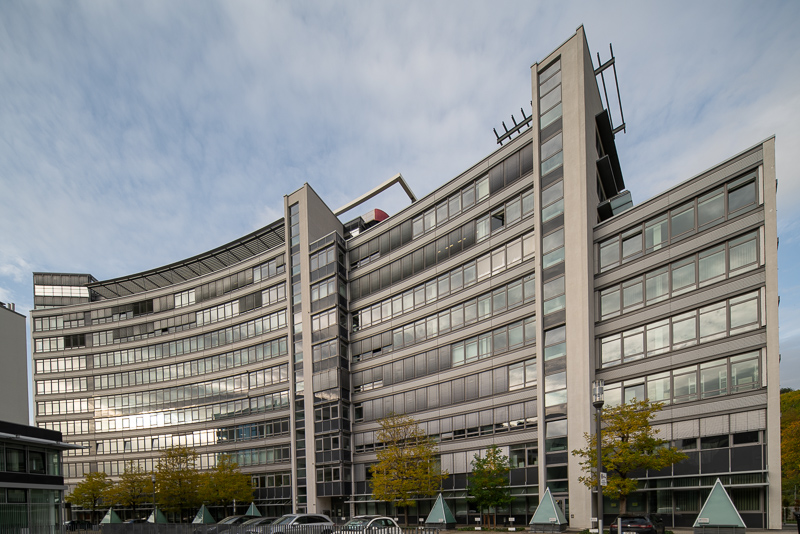







Thanks once again for your profound review. This is the kind of lens I´m still missing and longing for. Now it seems to be in a more affordable segment of price.
Thank you!
A used Tse 17 is priced similar these days, but as said I would still prefer this Laowa lens.
With a tilt-adapter you obtain a TSE lens 😉
Thank you so much, Bastian! Great examples and review of features.
I am sorry to not have electronic contact for exif (lens ID and aperture info). I shoot a lot of Alt “dumb” lenses (or just dumb adapters) and always find it hard to deal without the technical output — sometimes I don’t know which lens was uses when time intervenes between capture and posting.
Great price on this lens.
Thanks for the effort on the review, Bastian. Good read.
Nik’s new Perspective FX has become my go-to fixer for unprofiled lenses, particularly PC lenses like the Nikon 28/3.5 and Samyang 24/3.5. It does an excellent job with the shifted distortion on those lenses. I imagine it would do as well with this one.
not many UWA FF “shift” Lenses with large enough 65mm image circle to scrutinize how large Canon’s new OEM EF-EOSR 0.71x Focal-Reducer!
Wondering:
How much of 65mm can it make use of:
all 65mm of Laowa 15mm
or 67.2mm of Canon TSE Lenses)
or 55 or 48mm (large FF lens)
or 35-34mm (APSH to large S35)
or only 30-31mm (nominal S35 sensor) like EOS C70? (smaller 1.5x APSC coverage being typical “minimum”)
Lens “retail/resellers” rarely give out information (they don’t test thoroughly what they sell.)
Be good to know what the EF-EOSR 0.71x optical boundaries are using this new EF Mount version of Laowa 15mm F4.5 Zero-D Shift Prime lens! On EOS R5 (R Series) cameras!
I just wanted to mention that I used to get a similar flare issue as the third flare pic (the big flare) when I was adapting Canon lenses onto an A7R2. The look of the flare changed when I tried a different adapter, and now that I have Sony lenses I haven’t seen it since. So it might be worth re-checking the flare if you get an FE mount version of the lens as it could possibly be an adapter issue. Just guessing from personal experience with adapters, I could be wrong.
Almost every lens shows that Flare with the sun in a specific position in the corner. No matter whether with adapter or not.
I don’t do a lot of architecture but for several years I have been using a Laowa 12mm Zero D (Canon mount) on a APS-C Sony body with a FotoDiox Canon-Sony shift adapter to essentially give me an 18mm shift lens. The results have been very good with an even broader shift range than the 17mm TSE. Happy to send you a couple of samples if you’d like.
Good point about the tilt adapter by Bjorn Vink, you beat me to it.
And another great point by Patrick. I got terrible flare with my tilt adapter. On my first job I had to cobble together a huge ugly lens hood from paper and tape.
But I completely solved the problem with flocking material that is made for telescopes. I think I used the material made by Protostar. Much easier to get now that it is available from several sources, and way more effective than black paint. And even though self adhesive materials are not always permanent, it’s been in there for at least 5 years and is holding up well.
I think it’s a no brainer for me to purchase the Nikon mount so I can adapt this lens for both my Fujifilm GFX body (with 8mm shift without vignetting) and Sony cameras. The 9mm would be my choice if I don’t have the GFX body though, I can live with the slightly more CA on the 15mm shift.
Would be interesting to know if either the FE or the EF version works with teleconverters. That would make the lens a lot more versatile.
Thank you guys for the brilliant review.
Many thanks for the great review!
I’m using my Leica M10 with some external prime lenses and have no issues using adapters in between.
For the new Laowa 15mm Shift I would prefer to get it with the Nikon F bayonet and mount it then with the Novoflex-Adapter (Nikon F lens to Leica M body) on my camera.
Do I have to expect with this assembly any limits using the fully 11mm shift?
That is a valid question, I am not sure actually.
> Every framing you can generate by shifting the 15mm 4.5 and then creating a panorama can be cropped out of a single frame of the 9mm 5.6 and dealing with distortion and lateral CA is also easier here.
Question: Does the 15mm create a different look, say less distortion in the corners? If not so why use the shift lens then?
No it doesn’t, it is a common misconception that shift lenses distort less.
You only use the shift lens to have more pixels these days.
It was different before, because no 10mm lens could match the Tse 17’s image quality even a year ago, but the 9mm 5.6 really changed the game here.
Thanks for your answer, Bastian.
So would you say then when using the 9mm Laowa with an high MP body and achieving the needed pixel count (even after cropping) there is no real reason for using the 15mm lens?
Does the 12mm Laowa also create a wide enough frame for equaling the 15mm’s angle of view?
Thanks again.
Yes to the first question, no to the second.
Ich wäre mir hier nicht so sicher.
M.E. ist die Verzerrung umso größer je weitwinkliger das Objektiv ist.
Beispiel: wenn ich statt dem 9mm Laowa an einer Vollformat-KB-Kamera ein 35 mm an einer Großformat-Kamera (das auf KB umgerechnet auch dem Bildwinkel eines 9 mm entspricht) nehme, dann habe ich sicher weniger Verzerrung (weil ein 35 mm eben weniger verzerrt). Somit dürfte auch ein 15mm weniger verzerren als ein 9mm.
Nein, tut es nicht, ich bin mir da sicher.
Wie so oft ist der Blickwinkel entscheidend und die Aufnahmeposition, nicht die nominelle Brennweite.
hello,
and at first thank you very much for the competent review – also the comparisons made with the TS-E 17.
my questions / points:
1) I never observed such decrease in image quality at the corners of my 17 mil – could it be, you have a “bad” example ?
2) one reviewer described a middle to strong color shift/cast towards yellow/orange – did you also saw this effects?
3) do you have any idea, where to get the laowa lens support?
4) if I would order the lens at Laowa, would it help yip to use your link below the review?
cheers, Tom
1) See my the comments under the sharpness graph in this and the TSE17’s review.
2) No.
3) It has not been released yet.
4) Yes.
thx for the quick reply-)!
additional question… @2) the guy reviewing the laowa shift also mentioned a stronger decrease in performance when using the lens in very bright conditions and backlight
his video also is linked on the laowa site..
Hmh, I don’t see a question here.
I don’t know that guy, I know nothing about his testing procedures, what adapter he used, if he is using fixed WB or AWB and what other lenses he compares to, therefore I cannot comment on his video.
I rated flare resistance average, which means there are lenses that perform better (the TS-E 17 is not one of those) and lenses that perform worse.
https://www.venuslens.net/testimonials/
one of the newest reviews…
Hello Bastian,
Great review as always, thx!
I own the Laowa 12mm 2.8 on Sony mount to connect to my A7RIII.
So am I correct when I say that there is no way to connect my E mount 12mm 2.8 to my Sony body with the magic shift adapter from Laowa?
That looks like this is the case… Sad.
But maybe I am missing something?
Let me know your thoughts!
Regards.
Yes this is correct, you need the 12mm 2.8 in Canon EF-mount or Nikon F-mount and the corresponding MSC adapter.
Your comparison of Ts17 vs Laowa 15 – was it on the Sony?
My understanding is that Sony with TS17 does not do as well as TS17 on a Canon (eg 5dsr) ? Don’t know why this would be except cover glass on sensor.
Any thoughts?
Yes comparison has been done on Sony and yes, because of cover glass thickness there may very likely be differences.
https://www.youtube.com/watch?v=9kgxEQSBTaw review shows TS17 does better on 5dsr than adapted to a7rii. And ts17 has nicer contrast. About 2/3 through. Just posting because this was a great review but Canon people will experience different comparison.
Great review! I’m sold after reading this review having owned the 17mm TSE for years now but I was just wondering if metabones adapter worked the same over the sigma mc-11 for the Laowa?
Most of the metabones adapters are a bit too short and will lead to decreased image quality with such complex and wide lenses.
Sure, thanks for the information. You did not mentioned in the review but what’s your opinion of the colours produced between the Canon 17mm and Laowa 15mm?
I adjust colors in post according to subject and taste, therefore I do not see a meaningful difference here.
There is also a Laowa 15mm 4.0 Shift lens.
How does this compare? Is the one presented here the successor of the 4.0 or vice versa?
The 15mm 4.0 is a macro lens and the shift is only useful on APS-C cameras, I reviewed it here.
These two lenses have nothing in common.
Capture One has a movement panel under lens corrections where values can be entered for rise/fall and shift L/R. It also has lens cast calibration where a blank (taken through some translucent material) can be used to correct for vignetting and can remove sensor spots at the same time.
Hi there, I’m curious about using the shift-lens with an adaptor on another camera as I shoot with Fujifilm APS-C cameras and also have a Canon EF-Fujifilm X Fringer adaptor.
Did you have any issues with using the shift-lens over a mount adaptor?
You can use this lens via an adapter, it is not a problem.
Thank you for your detailed review. To help with the flare I made a 3d printable lens hood for the Laowa lens. You can get it free of charge here: https://beyer-foto.de/sonnenblende-fuer-laowa-15mm-f-4-5-zero-d-shift/
Cool DIY solution!
If you are okay with it I will add it to the review, as not everyone will go through all the comments.
Für mich als Nikon-Nutzer mit einer Kamera eher geringer Aufflösung (D4s) ist dieses Objektiv sehr interessant, insbesondere durch den optionalen Stativadapter. Ich besitze mehrere Perspektivenkorrekturobjektive, darunter ein PC-E 1:3,5/24mm (das mir viel Frustration bereitet, weil es wegen seiner wackligen Mechanik auch nach einer Justage beim Nikon-Service in Düsseldorf nicht verlässlich scharfe Bilder liefert) und als jüngster Zugang ein PC 1:4/19mm E. Dieses Objektiv ist schwierig scharfzustellen, bietet insgesamt eine ungeahnte optische Qualität bietet: Der Bildkreis ist auch im Hochformat bis zur völligen Dezentrierung nutzbar, ohne dass die Schärfe stark einbricht (Scharfstellen schwierig!), dabei ist die Vignettierung sehr gering, und die Verzeichnung sehr akzeptabel, auch wenn sie etwas über 1 % beträgt und das händische Zusammensetzen von zwei Querformataufnahmen zu einer quadratischen Aufnahme erschwert. Man muss die Verzeichnung nicht in jedem Bild korrigieren. Für dieses hervorragende Objektiv wird das Laowa ein ernstzunehmender Konkurrent sein, denn die optische Qualität scheint sehr gut, was sogar für Gegenlichtaufnahmen gilt. Mit einer massiven Einschränkung (!): in einem teilweise durch Lichtstrahler erhellten Kirchenraum stelle ich mir die ab Blende 5,6 entstehenden Lichtsterne als sehr unangenehm vor – hier ist mir die neunteilige Blende des Nikkor deutlich lieber und für manchen Käufer im professionellen Bereich dürfte dies ausschlaggebend sein. Die Geisterlichter bei seitlich auftreffendem Licht ist auch ein Problem beim Nikon, man muss immer daran denken und gegebenenfalls mit einer Hand einen Schatten formen (oder besser mit einer schwarzen Karte im Format A5). Was die Mechanik des Nikon betrifft, kann ich nach drei Jahren sagen, dass die Fehler bei der Konstruktion des 24mm-Objektivs hier vermieden wurden, und dies mit beachtlichem Aufwand. Es fühlt sich solide an und ist bei reichlicher Nutzung seinen hohen Preis wert. Für mich wäre das Laowa aber vielleicht eine willkommene Ergänzung. Und freilich für jeden, der nach Armenien oder Georgien reist und Kirchen fotografieren möchte. Oder in engen Straßen Deutschlands oder Frankreichs Fachwerkhäuser. Hier ist jedes Mehr an Bildwinkel willkommen! Auch wenn 15 mm für die meisten Aufnahmesituationen zuviel sind.
Vielen Dank für diese Rezension, die auch den problematischen Punkten auf den Zahn fühlt.
(Was ich aber suche: ein wirklich gutes 24mm- und ein wirklich gutes 35mm-Shiftobjektiv)
Zu 35mm Shift: Das uralte (ca. 1975) PA (oder PC) Curtagon 4/35 hat sich bei meinen Dias im Zusammenhang mit Leica- (Leitz) – und Zeiss- (Rollei) Objektiven als gleichwertig gezeigt. Auch an meiner derzeitigen Sony A7RIII liefert es überzeugende Ergebnisse.
Damals war das eine Entscheidung zwischen Leicaflex SL und Nikkon F?, bei der es auch ein 35mm Shift gab, das meinen Ansprüchen nicht genügte.